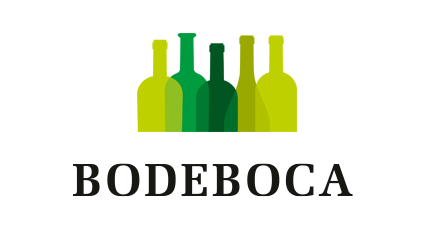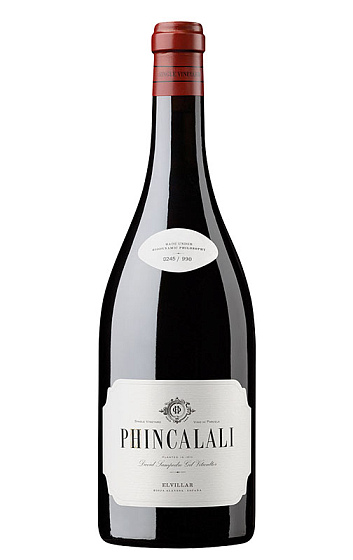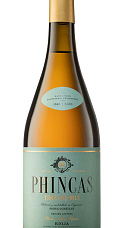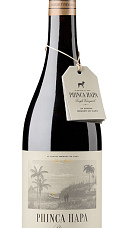Phinca Lali 2013
Descripción
Entre todos los vinos que elabora David Sampedro Phinca Lali tiene una emotiva particularidad. Las uvas más antiguas de su viñedo, plantadas en 1910, se destinan a este tinto que se llama igual que su madre. Una parcela soleada de media hectárea, cultivada en biodinámica, entrega esta versión de la Tempranillo con intensidad, densidad, recuerdos cárnicos y una acidez cítrica destacada. Un tinto poderoso y complejo.
Ficha técnica
Cata
Viñedo y elaboración
Opinión de los críticos
"The other single-vineyard red, the 2013 Phinca Lali, is named after David's mother. It's sourced from a 0.54-hectare, north-facing plot that is quite isolated and, therefore, very apt for biodynamic farming, and there are very few neighbors. It's mostly Tempranillo with Viura that were hand destemmed with maybe 30% of the stems making it into the fermentation vessels—open-top 500-liter oak barrels—where it fermented with natural yeasts after being foot crushed. It matured in 225-liter oak barrels for three years. It feels a little more oxidative and advanced, earthier, more concentrated and with more tannin; but somehow, I found Abejera to be livelier and fresher, and Lali suffers in comparison. It might be that it needs a little more time... 998 bottles were filled in July 2017."
One of David Sampedro’s single-vineyard wines, this is a field blend from a tiny biodynamic vineyard planted more than 100 years ago. Destemmed, then fermented with about one third of those stems in open-top oak fermenters, it’s an intense wine, with firm tannins and powerful expression of fruit. Long, resounding finish.









Añadas: 2018 2017 2016 2013
Esta añada no tiene valoraciones todavía. Pincha en las otras añadas para ver sus valoraciones.
Esta añada no tiene valoraciones todavía. Pincha en las otras añadas para ver sus valoraciones.
Esta añada no tiene valoraciones todavía. Pincha en las otras añadas para ver sus valoraciones.
Molt bo. Un gran encert... tot i això, val la pena que "respiri" abans de consumir-lo
Especial